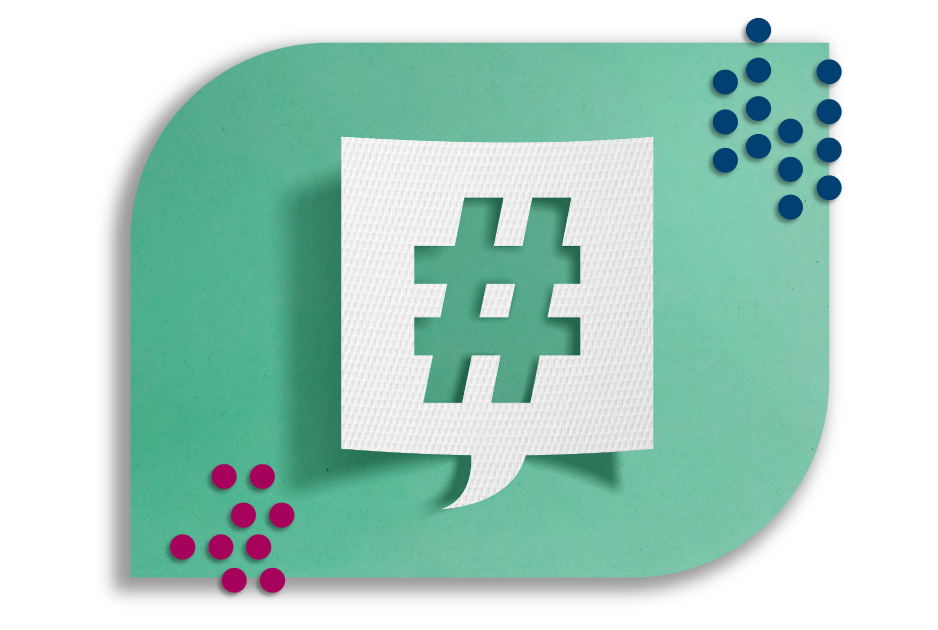Social Media Platform Selection for Marketing

The Social Media Guide for Insurance Agents: Choosing the Best Platforms to Build Your Brand
Social media marketing can be a game-changer for insurance agents looking to connect with clients in a more personalized way. But with so many platforms out there, it can be challenging to know which ones will yield the best results for your business. This guide highlights top social media platforms, along with ways to use them effectively and some pros and cons to consider for each.
1. Facebook
Why Facebook?
Facebook’s demographic diversity makes it an ideal platform for agents seeking a broad range of clients. The platform’s targeting tools also enable agents to reach very specific audiences, from young families seeking affordable coverage to retirees interested in life insurance. Additionally, Facebook’s community groups provide unique opportunities for local outreach and engagement.
Tips to Leverage Facebook:
- Create a Business Page: Regularly post insurance tips, local event updates, or customer testimonials. For tips on optimizing your Facebook Business Page, check out this guide from HubSpot.
- Engage with Local Groups: Join local groups and communities to answer questions about insurance and share insights.
- Use Targeted Ads: Facebook Ads let you target specific demographics, allowing you to reach those most likely to need insurance. Learn more about Facebook ad targeting options here.
Pros and Cons:
- Pros: Large audience reach; excellent targeting for ads; strong community engagement.
- Cons: Algorithm changes can limit organic reach, requiring ad investment; content consistency is essential to stay relevant.

2. LinkedIn
Why LinkedIn?
LinkedIn is the go-to network for B2B engagement, making it a valuable platform for agents focused on commercial insurance. The platform’s professional focus means people are more receptive to business discussions, creating an environment ripe for sharing expertise, making connections, and establishing credibility.
Tips to Leverage LinkedIn:
- Optimize Your Profile: Make your profile client-centric, with a focus on your insurance specialties. For help, see LinkedIn’s guide to optimizing your profile.
- Network Actively: Engage with other professionals and join groups related to insurance and financial services.
- Post Thought Leadership Content: Share insights or articles on insurance trends, building your reputation as a knowledgeable agent.
Pros and Cons:
- Pros: Ideal for B2B connections; highly professional environment; excellent for building authority in your field.
- Cons: Limited engagement for personal insurance products; requires consistent activity to maintain visibility.
3. Instagram
Why Instagram?
Instagram’s visual nature lets agents share stories that humanize the insurance process, helping potential clients feel more comfortable and engaged. Younger generations (Millennials and Gen Z) are active here, making it ideal for agents wanting to reach a younger demographic or offer relatable content on subjects like first-time home insurance or car insurance basics.
Tips to Leverage Instagram:
- Create Behind-the-Scenes Content: Show your team, day-to-day operations, or client success stories. Hootsuite’s guide to Instagram marketing offers great advice on creating engaging content.
- Use Stories and Reels: Share short videos explaining quick insurance tips or common misconceptions to make insurance more approachable.
- Leverage Hashtags: Use popular hashtags like #insurance101, along with local hashtags to increase visibility.
Pros and Cons:
- Pros: High engagement; ideal for connecting with younger audiences and making insurance relatable.
- Cons: Content creation can be time-consuming; requires visual focus, which may not suit every insurance topic.

4. YouTube
Why YouTube?
As the world’s second-largest search engine, YouTube is fantastic for educational content, making it a great fit for explaining complex insurance topics in detail. Creating informative videos (on coverage options, common pitfalls, etc.) allows you to build a repository of resources for current and potential clients while boosting your search engine visibility.
Tips to Leverage YouTube:
- Produce Educational Videos: Cover frequently asked questions or create explainer videos for new policies.
- Optimize for Search: Use insurance-related keywords in titles and descriptions to improve discoverability.
- Share Client Testimonials: A short testimonial video can go a long way in building trust.
Pros and Cons:
- Pros: Great for SEO; builds credibility; excellent for in-depth, educational content.
- Cons: Requires time and effort to produce high-quality videos; needs regular posting to maintain engagement.
Final Thoughts
Each platform offers unique ways to reach clients. When used with a clear strategy, social media can become a powerful tool to enhance your reach, build trust, and grow your client base.
